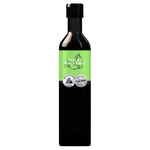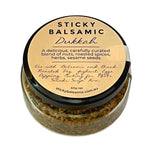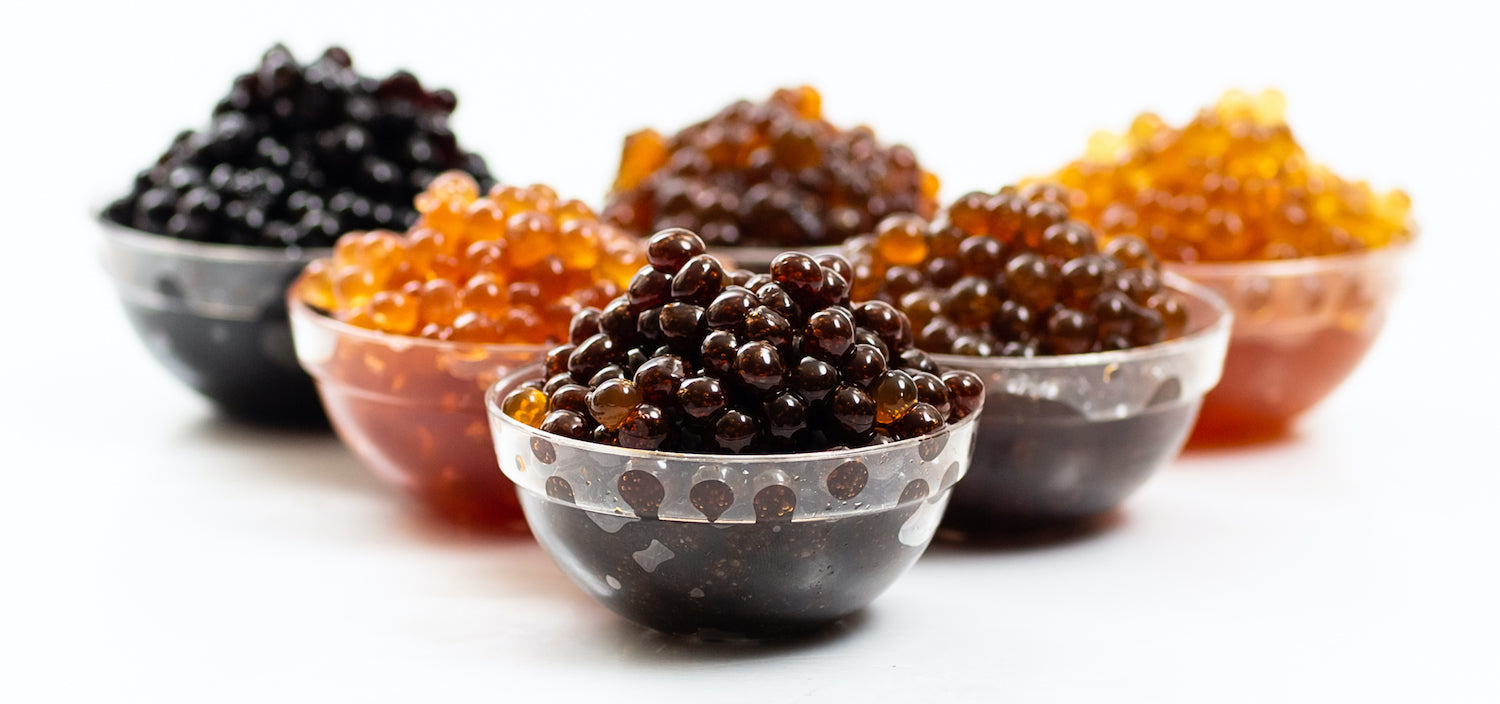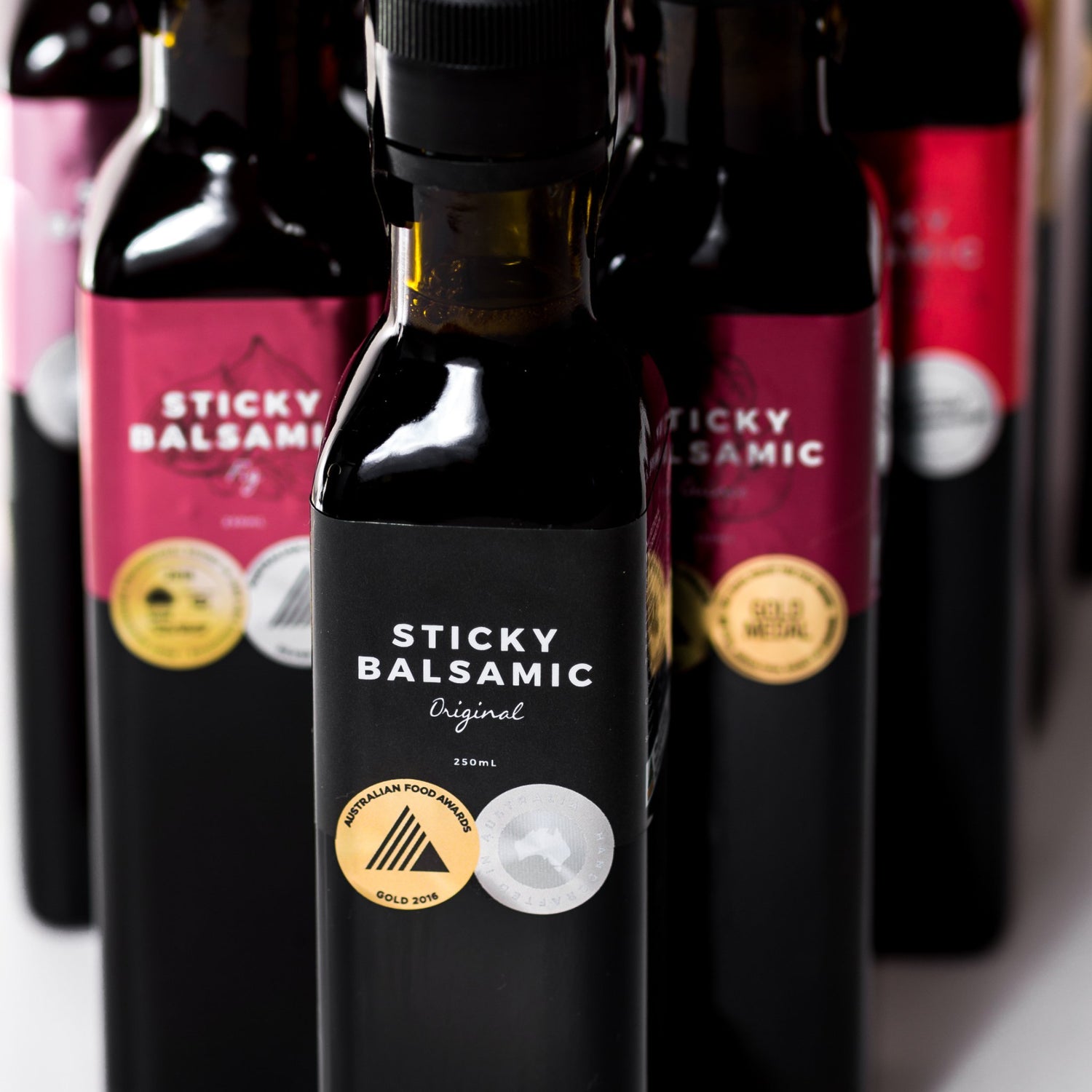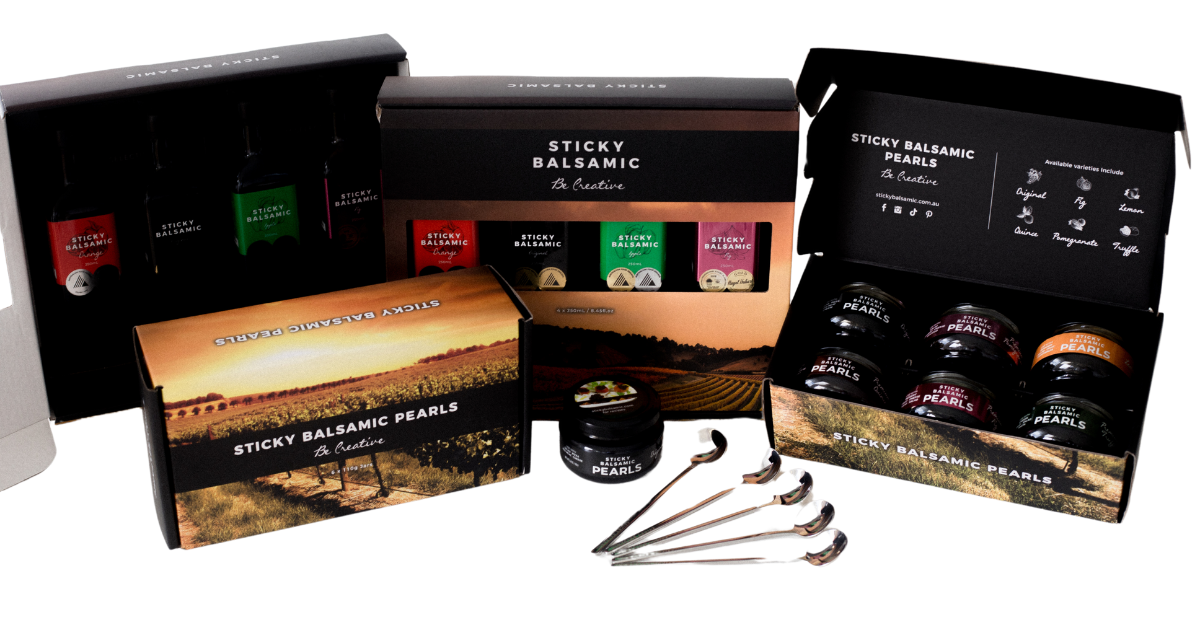The Ancient Art of Making Balsamic Vinegar: A Traditional Guide
The creation of traditional balsamic vinegar is a testament to patience, craftsmanship, and time-honored traditions that have been passed down through generations. This complex process transforms humble grapes into one of the culinary world's most precious condiments. Let's explore the fascinating journey from vine to bottle.
The Foundation: Selecting the Grapes
The journey begins in the vineyard. Traditional balsamic vinegar starts with specific grape varieties, primarily Trebbiano and Lambrusco. These grapes are chosen for their ideal sugar content and acidic balance. Harvesting occurs at the peak of ripeness when the grapes reach their maximum sugar concentration.
Creating the Must
The first crucial step is creating the grape must (mosto in Italian):
- Harvest the grapes at optimal ripeness;
- Crush the grapes, including skins, seeds, and stems;
- Press to extract all juices; and
- Filter the must to remove larger particles.
The must is then cooked in open vessels over direct heat, slowly reducing the liquid until it reaches approximately 30-50% of its original volume. This concentration process typically takes 24-48 hours, requiring constant attention to prevent scorching.
The Cooking Process
During the cooking phase, several critical changes occur:
- Water evaporates, concentrating sugars;
- Chemical reactions create new flavor compounds;
- The liquid darkens naturally; and
- Complex carbohydrates break down into simple sugars.
The target temperature typically ranges between 80-90°C (176-194°F), never reaching a full boil to preserve the must's delicate compounds.
The Art of Fermentation
After cooking, the must enters its fermentation phase:
- The liquid cools to around 30°C (86°F);
- Natural yeasts begin converting sugars to alcohol;
- Acetobacter bacteria transform alcohol into acetic acid; and
- Additional bacteria create various flavor compounds.
This initial fermentation typically takes several weeks to complete.
The Aging System: Battery of Barrels
The heart of balsamic vinegar production lies in its unique aging system, known as a "battery" of barrels:
- 5-7 barrels of decreasing size;
- Each barrel made from different wood;
- Common woods include oak, cherry, chestnut, mulberry, and juniper; and
- Barrels range from 75 to 10 liters in capacity.
The Transfer Process
Each year, a portion of vinegar moves through the battery:
- Small amount drawn from smallest barrel;
- Refilled from next largest barrel;
- Process continues up to largest barrel; and
- Largest barrel topped up with new must.
This system ensures consistent quality and allows each wood type to impart its characteristic flavors.
The Role of Different Woods
Each wood variety contributes unique characteristics:
- Oak: Provides structure and vanilla notes;
- Cherry: Adds sweetness and fruit flavors;
- Chestnut: Contributes tannins and brown color;
- Mulberry: Enhances dark color; and
- Juniper: Adds aromatic complexity.
Time and Patience
Traditional balsamic requires extraordinary patience:
- Minimum aging: 12 years;
- Premium versions: 25+ years;
- Some batches age for generations; and
- Annual loss through evaporation: 10%.
Environmental Factors
Several environmental conditions influence the aging process:
- Temperature fluctuations;
- Humidity levels;
- Air circulation; and
- Seasonal changes.
These natural cycles contribute to the vinegar's complexity.
Quality Assessment
Traditional balsamic vinegar undergoes rigorous evaluation:
- Visual examination;
- Density measurement;
- Taste analysis; and
- Chemical composition testing.
Master tasters assess:
- Viscosity;
- Brightness;
- Bouquet;
- Flavor complexity; and
- Balance of sweet and sour.
Signs of Quality
High-quality balsamic vinegar displays:
- Glossy dark brown color;
- Good consistency;
- Complex aroma;
- Sweet-tart balance;
- Long-lasting flavor; and
- Natural thickness without additives.
Common Challenges
The production process faces several challenges:
- Maintaining consistent temperature;
- Preventing contamination;
- Managing evaporation rates;
- Controlling fermentation; and
- Ensuring proper wood maintenance.
Modern Adaptations
While traditional methods remain unchanged in protected regions, modern techniques have evolved:
- Temperature-controlled environments;
- Humidity monitoring systems;
- Scientific analysis tools; and
- Improved filtration methods.
Storage and Maintenance
Proper barrel maintenance is crucial:
- Regular cleaning;
- Humidity control;
- Temperature monitoring;
- Wood repair when needed; and
- Annual sterilization.
Conclusion
The creation of traditional balsamic vinegar remains one of the culinary world's most fascinating processes. It represents a perfect harmony between nature, time, and human craftsmanship. Understanding this complex journey helps us appreciate why authentic balsamic vinegar is considered one of gastronomy's greatest treasures.
This ancient art form continues to captivate food enthusiasts and artisans alike, proving that some traditions are worth preserving in their purest form. The patience and dedication required to produce traditional balsamic vinegar serve as a reminder that some things simply cannot be rushed.


